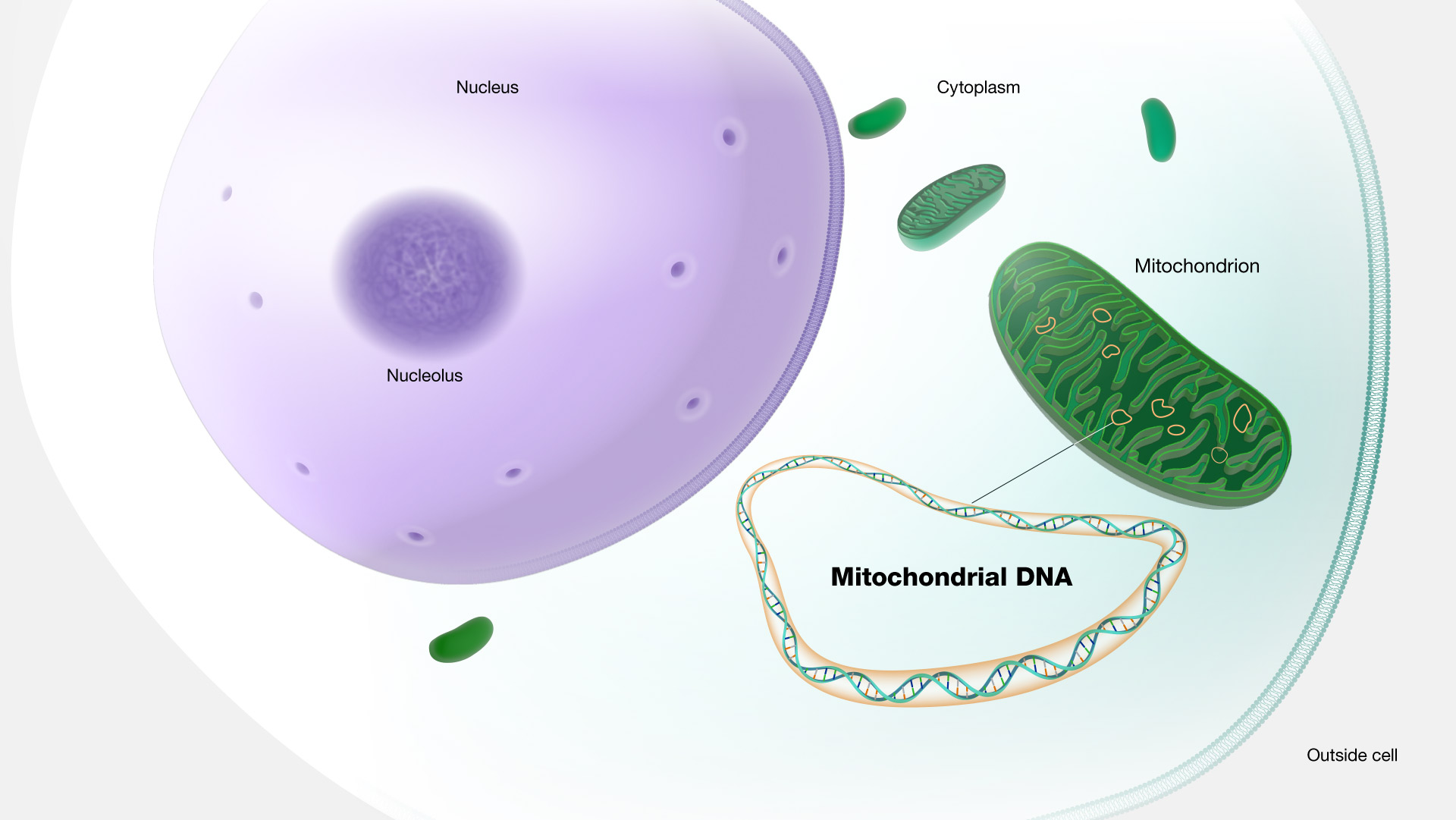The study “Comprehensive DNA barcode coverage of North American birds” investigates the effectiveness of mitochondrial DNA (mtDNA) as a tool for species identification through DNA barcoding. The research involved analyzing mtDNA from 643 North American bird species using tissue samples from museum collections and feathers. DNA extraction was performed with specific tissue extraction kits, and polymerase chain reactions (PCR) were conducted using primary primers BirdR1 and BirdF1. In cases of unsuccessful amplification, alternative primers like FalcoFA and BirdR2 were employed. The amplified DNA was then visualized on agarose gel and sequenced bidirectionally at facilities including the University of Guelph and the Smithsonian.
The results demonstrated a high success rate, with distinct barcode clusters found in 94% of the species, supporting the strong discriminative power of DNA barcoding. Notably, approximately 2% of the species showed significant genetic divergence within what are recognized as single species, suggesting the presence of cryptic species. However, about 6% of the species had overlapping barcode clusters with closely related species, often due to hybridization or recent divergence, which illustrates some limitations of DNA barcoding in distinguishing very closely related species.
I find the article particularly compelling as it explores the potential of mitochondrial DNA for species identification through DNA barcoding. This study not only bolsters hope for a definitive methodology in species identification but also provides a wealth of data that could be invaluable for other scientists. This detailed information about the various bird species and their unique barcodes could be instrumental for researchers and enthusiasts alike in identifying species independently. This breakthrough is exciting and I am eager to see how it will advance the field of biodiversity research.

This sounds like a very interesting tool to investigate bird species when other methods not be viable. This sounds like it could be useful for applications such as aviation bird strike investigations and investigating particular species through biological matter they leave behind.
ReplyDeleteThis is very insightful, the use of DNA as a from of identification is a controversial topic among researchers. However it is still a step towards having a better understanding of DNA.
ReplyDelete